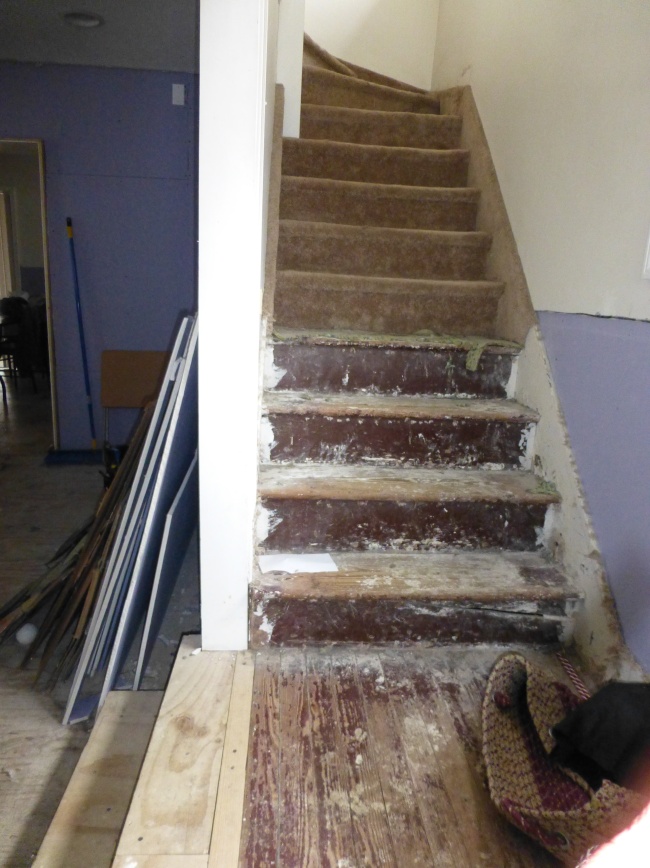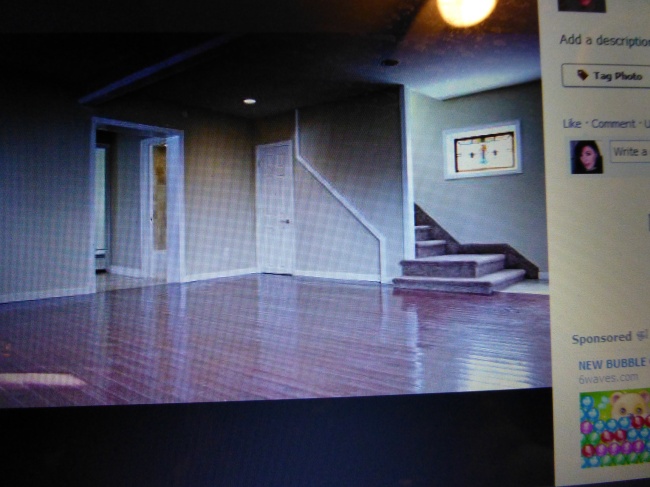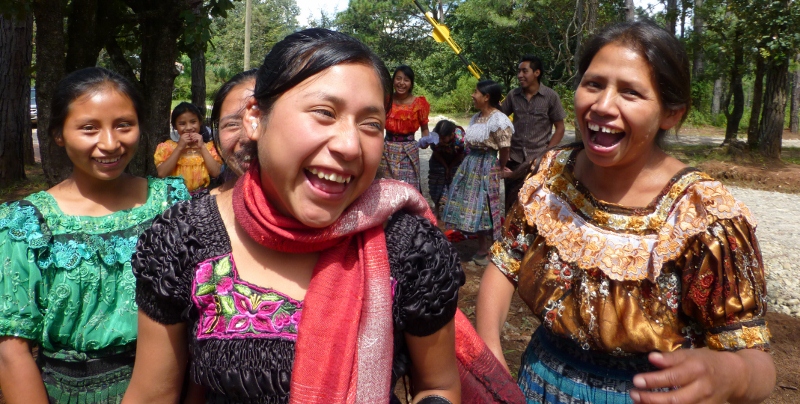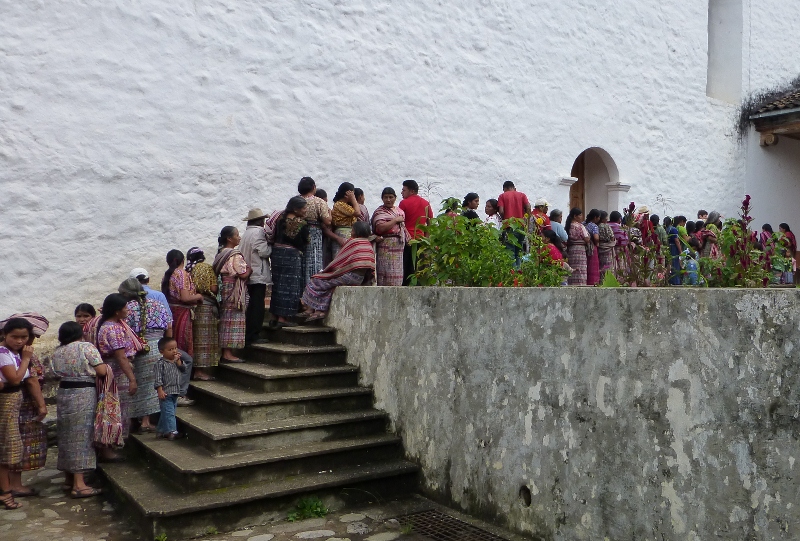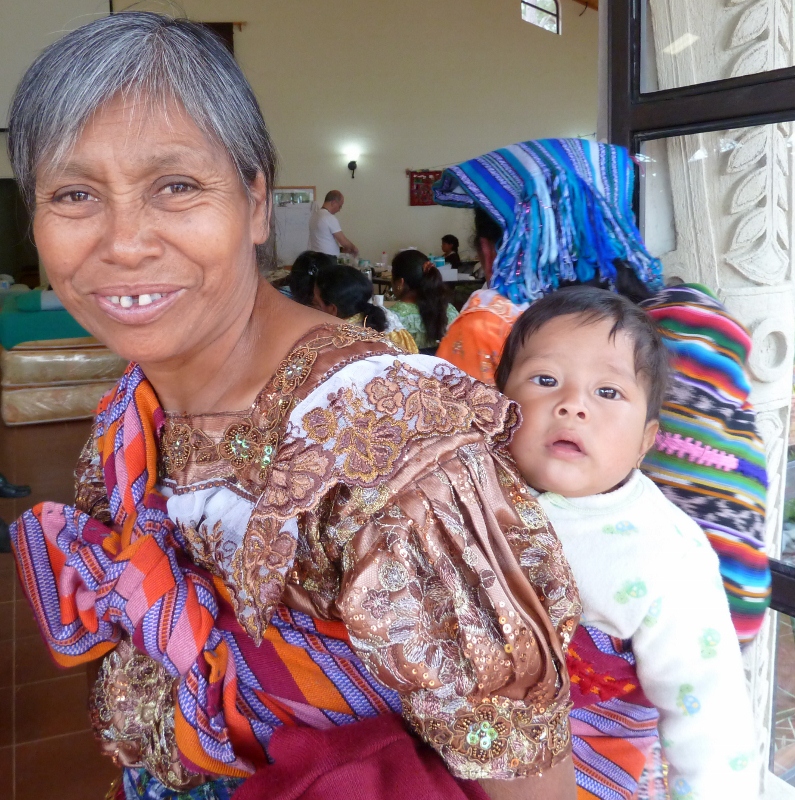Traducción al español sigue
Other posts on Barbara Ford Center for Peace - Santa Cruz del Quiche
Instagram TheintegrativeHealthProject.
Brave Team Treats Quiche Maya
Mayans Relax with Yoga at Traditional Chinese Medicine Jornada
Mayan Women are Empowered to Defend Themselves by a Black Belt
Mayans Rediscover Acupuncture at Centro de Paz Barbara Ford
Global Clinic Treats 1,000 Patients in Santa Cruz del Quiche, Zacualpa and San Filipe
Meetings with Remarkable Mayans
A generous group of New York acupuncturists have partnered with Dr.Joan Boccino, D.A.O.M. in Guatemala to establish an on-going Traditional Chinese Medicine outreach in Quiche and Solola. The mission coordinator was delighted to see her students’ and colleagues’ willingness The group treated 1,000 patients on their first visit in April, 2012 and the vision for a regularly scheduling an Jornada Medica (medical workshop) emerged over the summer. Chinese medicine students succeeded in raising funds for this August’s expedition and acupuncturists and several other volunteers from Joan’s original group offered to be the third wave the next fall.
It’s rolling.
During the summer trip, 1,000 indigenous patients would be treated – this time in four locations. The Quiche Center would be home to The Integrative Health Project ‘s nascent residency program for almost three weeks. Yefim Gargoneishvili, L.Ac., went early to prepare a score of local health promoters in the use of NADA and other auricular protocol. And, Ann Brameier, L.Ac., would stay late for follow up sessions with, Dona Terry, a curandera and shaman.
Team Yefim included three students from Pacific College of Oriental Medicine: Diane Chaing and Marc Lingat (both on their third mission to Guatemala.) and senior level student Saul Ackerman who interpreted for this portion. Yefim trained the local midwives, nurses and community practitioners while the students over saw the placement of the seeds or needles on the five specified ear points. To meet the standard, trainees had to “needle” 40 patients each under supervision but, even before that, they seemed confident about their delivery. During the Jornada they would get patient information forms with the prescribed number of positions. Patients, especially the younger ones getting seeds, were totally at ease getting non-Western treatment.
On Sunday, after the treatment rooms were stocked and all set up, PCOM students would get a brief lecture from Moshe Heller, L.Ac.. He demonstrated the Shoni Shin kit used in Japan for children. He said that young kids were usually fine with needles until they are about two; after that, there comes a time when children refuse.
“By five years old they usually accept needles, again.”
He showed how to palm these small tools, so that children do not see the points and told the students about how he uses different instruments to stimulate channels and particular points.
Day One of the Jornada would begin so early that the mist was still snuggling in the rose gardens. Eva, Byron, Tomas and Riccardo trudged out to open the registration table under a tent and brought out a bushel of prophylactic bananas – just in case the patients had not had any breakfast. The straggle of interpreters was greeted with joyous shrieks and mini reunions happened all around. Pablo, Sara, Angel, Sisters Connie and Irma came first. Marisela and her husband showed off their gorgeous baby and everyone got to meet Veronica and Laura’s mother and grandmother because the older ladies had come along so Laura’s newborn could be seen. Tommy from Belize was only new for a while; then, he blended right in. There was very little time to socialize before the long days began. The translators worked crazy hours all week moving from location to location and language to language, Santa Cruz to Zacualpa to Cotzal, English to Spanish to Quiche and later, in the Nebaj area, Ixil.
The August 2012 group was twenty New Yorkers including seven acupuncturists; two of whom, Daryl Thuroff and Jane Hansen were also massage therapists and one student who is also an LMT. There were six returning students including second timers Joelle Ludwig and Theodora Karaivanova and third timers Mike Zielonka and Chelsea Horenstein; plus, five fresh ones: Elizabeth Zara, Erin Callahan, Kathryn Herrera Maria Macchia and graduating senior, Jen Marks.
Except for the threat of hurricanes stalling outbound flights, this workshop ran smoother than the first and delivered good care to patients in four locations. things went so well that acupuncturist/anthropologist, Wendy Whitman, who conducted two field interviews, is considering bringing her daughter along next time. Support this work.
This slideshow requires JavaScript.
Un grupo generoso de Nueva York acupunturistas se ha asociado con Centro de Paz Barbara Ford en Guatemala para establecer un continuo acercamiento chino tradicional Medicina. Coordinador, Joan Boccino, L.Ac., estaba encantado de ver la voluntad de los estudiantes y colegas “para aumentar la frecuencia de sus visitas y respirar continuidad en el Proyecto de Salud Integral. IHP tratado 1.000 pacientes en su primera visita en abril de 2012 y la visión de una forma regular programando una Jornada Medica (taller médicos) surgieron durante el verano. Estudiantes de medicina china logró recaudar fondos para la expedición de este mes de agosto y los acupunturistas y varios practicantes del grupo original se ofreció a ser la tercera ola en el otoño.
Está rodando.
Durante el viaje de verano, 1.000 pacientes indígenas serían tratados – esta vez en cuatro localidades. El Centro de Quiché estaría en casa para el IHP durante casi tres años. Yefim Gamgoneishvili, L.Ac., se fue temprano para preparar una veintena de promotores locales de salud en el uso de los NADA y otro protocolo auricular. Y, Ann Brameier, L.Ac., me alojaría tarde para sesiones de seguimiento con doña Terry, una curandera y chamán.
Equipo Yefim incluidos tres estudiantes de Pacific College of Oriental Medicine voluntarios: Diane Chaing y Marc Lingat (tanto en su tercera misión a Guatemala.) Y superior nivel de los estudiantes Saúl Ackerman quien interpretó para esta parte. Yefim capacitado a las parteras, enfermeras y profesionales de la comunidad, mientras que los estudiantes más vieron la colocación de las semillas o las agujas de los cinco puntos de la oreja especificados. Para cumplir con la norma, los alumnos tuvieron que “aguja” 40 pacientes cada uno, pero bajo supervisión, incluso antes de eso, se mostró confiado sobre su entrega. Durante la Jornada, que obtendrían las formas de información al paciente con el número prescrito de posiciones. Los pacientes, especialmente los más jóvenes reciben semillas, estaban totalmente a gusto recibiendo tratamiento no occidental.
El domingo, después de que las salas de tratamiento fueron sembrados y todo listo, los estudiantes PCOM obtendría una breve conferencia de Moshe Heller, L.Ac.. Demostró el kit Shoni Shin utilizado en Japón para los niños. Dijo que los niños pequeños son generalmente muy bien con agujas hasta que son alrededor de dos, después de eso, llega un momento en que los niños rechazan.
“A los cinco años de edad por lo general aceptar agujas, otra vez.”
Mostró cómo la palma estas pequeñas herramientas, por lo que los niños no ven los puntos y dijo a los estudiantes acerca de cómo usa diferentes instrumentos para estimular los canales y puntos particulares.
Primer día de la Jornada se iniciaría tan temprano que la niebla aún estaba acurrucado en los jardines de rosas. Eva, Byron, Tomás y Ricardo caminó hacia fuera para abrir la mesa de registro en una tienda y sacó un bushel de plátanos profilácticos – sólo en caso de que los pacientes no habían tenido ningún desayuno. El rezago de los intérpretes fue recibido con gritos de júbilo y reuniones pequeñas sucedieron a su alrededor. Pablo, Sara, Angel, Connie y hermanas Irma era lo primero. Marisela y su marido mostraron su bebé precioso y todo el mundo dieron a conocer a Verónica y la madre y la abuela de Laura porque las señoras mayores habían venido a lo largo de lo que Laura recién nacido podría ser visto. Tommy de Belice fue sólo durante un tiempo nuevo y, a continuación, se mezcla la derecha adentro había muy poco tiempo para socializar antes de los largos días comenzó. Los traductores trabajaron hora loca toda la semana moviéndose de un lugar a otro y de una lengua a otra, Santa Cruz de Zacualpa a Cotzal, Inglés para españoles para quiche y más tarde, en la zona de Nebaj, Ixil.
El grupo de 08 2012 tenía veinte años neoyorquinos incluyendo siete acupunturistas, dos de los cuales, Daryl Thuroff y Jane Hansen también terapeutas de masaje y un estudiante, Alice Kim, quien también es LMT. Había seis estudiantes que regresan como segunda Ludwig temporizadores Joelle y Karaivanova Theodora y tercer temporizadores Zielonka Mike y Horenstein Chelsea; además, cinco pilas nuevas: Zara Elizabeth, Erin Callahan, Kathryn Herrera Maria Macchia y se gradúan de marcas de alto nivel, Jen.
A excepción de la amenaza de los huracanes dilatorias vuelos de salida, este taller corrió más suave que el buen cuidado primera y entregado a los pacientes en cuatro localidades. las cosas iban tan bien que acupuntor / antropólogo, Wendy Whitman, quien llevó a cabo dos entrevistas de campo, está considerando llevar a su hija a lo largo de la próxima vez.
<a href=”http://www.blogtopsites.com/travel/”><img style=”border:none;” src=”http://www.blogtopsites.com/v_107658.gif” alt=”Travel Blogs” /></a><br /><a target=”_blank” href=”http://www.blogtopsites.com” style=”font-size:10px;”>blogs directory</span></a>


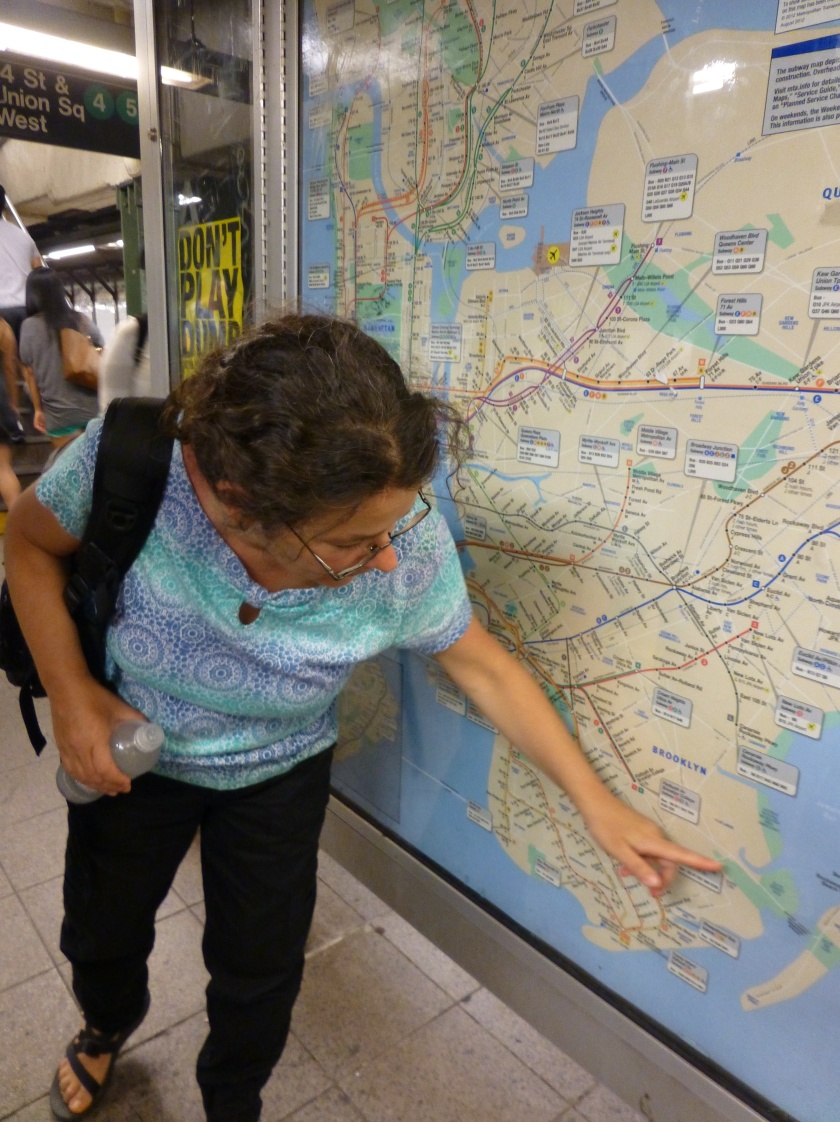
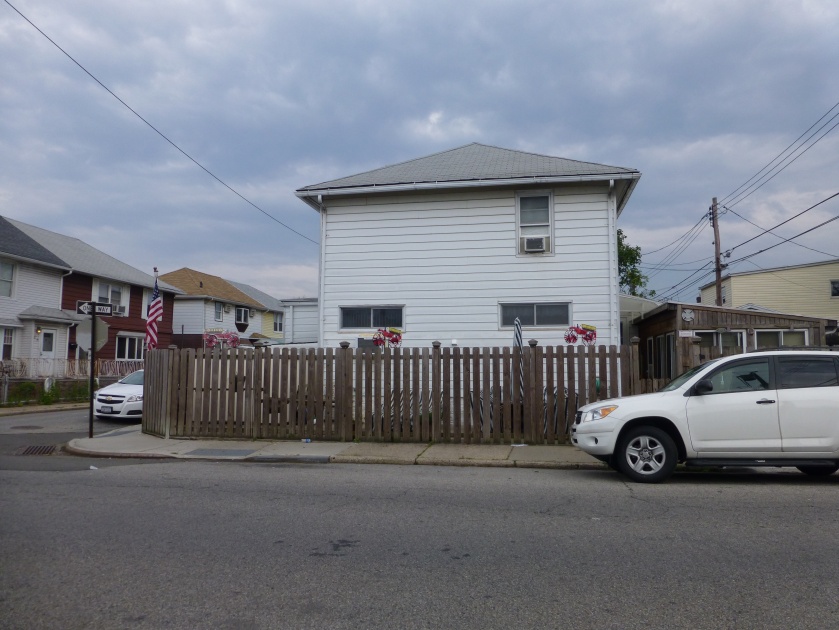
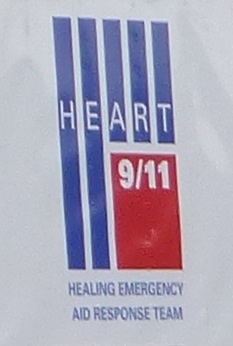 In order to get my NADA certification, I was scheduled to meet with Wendy Henry, L.Ac., and to volunteer at her clinic for hurricane Sandy victims in Gerritsen Beach, Brooklyn.
In order to get my NADA certification, I was scheduled to meet with Wendy Henry, L.Ac., and to volunteer at her clinic for hurricane Sandy victims in Gerritsen Beach, Brooklyn.
